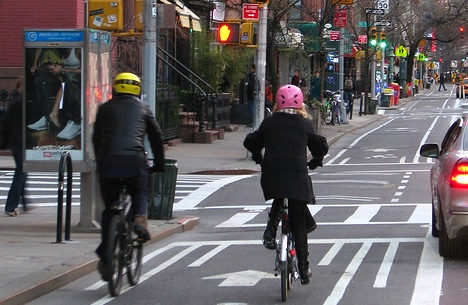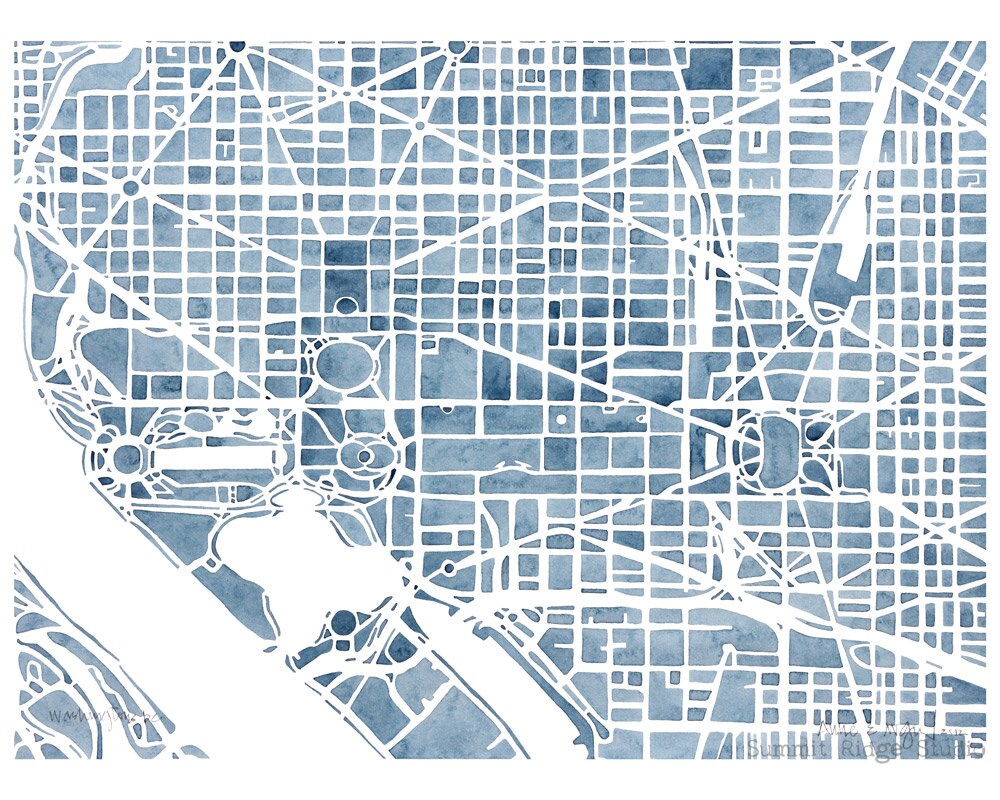FUTURE CITIES: List of 3 Issues Street Planners will face !!!
1. Transport: accommodating cyclists, pedestrians, and electric cars
This is a problem we often return to on Future Cities, so I won’t dwell on it for long. But John Dales, director of transport planning consultancy Urban Movement, said reducing numbers of car journeys even by a small amount could have a big impact on congestion.
This is a problem we often return to on Future Cities, so I won’t dwell on it for long. But John Dales, director of transport planning consultancy Urban Movement, said reducing numbers of car journeys even by a small amount could have a big impact on congestion.
Dales cited government figures showing two-thirds of journeys of one or two miles in UK citiesare taken by private car. This rises to three-quarters of journeys of two to five miles. He said one challenge was to get shopkeepers to back measures that are friendly to cyclists and pedestrians, because they overestimate the importance of drivers to their shops.
He pointed to a study in central London that showed that, on average, drivers spent £41 per visit to the town centre, compared with £26 for pedestrians and £21 for cyclists. This appears to back up the concerns of shopkeepers. However, over one month, the figures are very different: Pedestrians spend less per trip but make more trips. So on average they spent £373 a month, compared with £226 for drivers and £188 for cyclists.
This shows that measures to restrict car movements in town centres need not destroy shops in the area, providing people can access the town centre by these other methods.
Another big transport challenge for streets is creating enough charging points for electric cars, particularly in crowded streets such as London’s that lack much free space.

2. Blandness: tackling the uniformity of street furniture
Patricia Brown, director at consultancy Central and former chief executive of the Central London Partnership, said public spaces in the UK had become very bland: “We have cloned our streets up and down the country, where they all now look very similar in terms of street furniture. We’ve got to design-in difference and respond to localities.”
Patricia Brown, director at consultancy Central and former chief executive of the Central London Partnership, said public spaces in the UK had become very bland: “We have cloned our streets up and down the country, where they all now look very similar in terms of street furniture. We’ve got to design-in difference and respond to localities.”
She called this the "Kensington High Street effect." In the mid-1990s, this street in central London undertook a major revamp of its public space, but Brown said too many other places have simply copied what was done there rather than put their own spins on it.
Brown said one way local authorities could revamp their public space is by testing short-term initiatives to bring in more people. This could help them to identify popular ways to revamp their streets on a long-term basis.

3. Technology: helping flexible workers, tourists, and others
Paula Hirst, head of regeneration at accountancy firm Mazars, looked at the impact of technology, including smartphones and WiFi, on use of public spaces. She said councils could look to use this to provide information such as maps and transport timetables.
Paula Hirst, head of regeneration at accountancy firm Mazars, looked at the impact of technology, including smartphones and WiFi, on use of public spaces. She said councils could look to use this to provide information such as maps and transport timetables.
Providing free WiFi could help attract people more to work in town centres: “We might see a change from retail to people working on our high streets,” she said. Creating places for these people to work could help fill some of the empty shops that litter our streets, and encourage folks to spend their money in local shops, cafes, and restaurants.
Tourists unfamiliar with a city would also be attracted to areas with free WiFi, as they seek to use smartphone maps to help them move around: “The impact of technology is very important, but something we don’t often consider,” said Hirst.
These are by no means the only ways that streets will need to change, and John Dales joked about the scale of the challenge: “I can’t design my high street for me, let alone for the rest of you. It’s a real challenge, but we need to try.”
City streets need to continue to evolve to fit the way people use them. It was ever thus.
Source: http://www.ubmfuturecities.com
No comments:
Post a Comment